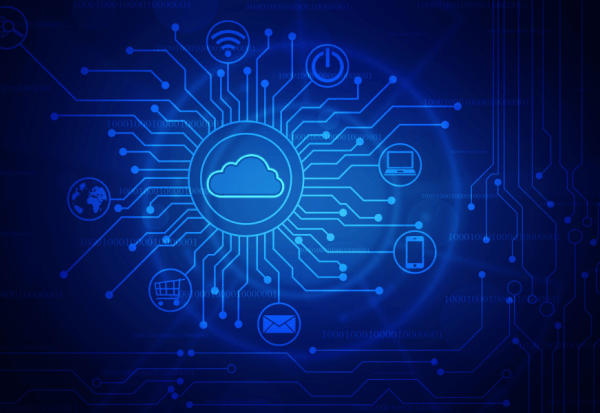It has become quite evident now that the proclamation of “Data being the new oil” wasn’t hyperbolic in the least. In fact, over the last decade there has been an unprecedented avalanche of data that is being generated and the proliferation of connected devices has only fueled this growth.
However, the existence of large mounds of data and the need to analyze it isn’t exactly new. In fact, analytics in its most elementary form has existed for a very long time. Even as far back as in the 1950s, researchers and business organizations were going about in earnest laboriously compiling, streamlining, and analyzing whatever data they could get their hands on. With negligible technology, the majority of time and effort was spent on collecting the data and the analysis was, more often than not, quite rudimentary.
With the turn of this century, computing power was at its absolute peak, the internet had become ubiquitous in most parts of the world and big data had found its rightful place in the technology lexicon. As a result, large and complex data was no longer an insurmountable mountain, but an exciting resource that could be mined extensively to generate meaningful insights.
The last decade in particular has seen an explosion of data from completely new sources such as connected devices enabled by IoT or online clickstream data generated due to the proliferation of mobile devices. However, with Cloud Computing offering speed, scalability and accessibility, a lot of this data could be effectively analyzed not just by large enterprises but also small businesses that were previously confined to the sidelines.
Many of these small to mid-sized organizations that couldn’t afford to have a dedicated data warehouse benefited greatly from the emergence of open-source software and scripting languages. This turned out to be a boon especially for organizations looking for a data lake where they can store all their unstructured data. Eventually, organizations are looking to derive intelligence from this unstructured data and Cognitive Analytics can be tremendously beneficial in addressing the challenges arising from big data and providing accurate insights that actually help decision makers.
Predictive Analytics is also equally important in developing accurate forecasts or predictions about everything including people, products, and machines. With a reservoir of historical and current data available, businesses are always looking to extract the greatest value from it to help them predict outcomes with the sort of accuracy that was simply not possible before.
For instance, a business looking to determine customer demand during the holiday season or the probability of a machine breaking down during peak production runs would have to integrate analytical technology with their functional systems by using a micro-services approach. With analytics happening on the edge, real-time decisions can be made with minimal human intervention to optimize efficiencies or prevent breakdowns.
Automated Analytics, Data Visualization and Accelerated Insights
As the technology landscape continue to evolve, there will be certain themes that will emerge as front runners in the world of analytics and data science over the next decade.
Perhaps foremost among them is the larger idea of automation which has already been embraced to some degree in data science. However thanks to the progress in AI & ML, this automation will extend across the entire cycle – from data gathering and cleansing to data modeling and deployment.
This organically ties into the second theme of accelerating the process of converting data to insights. Organizations will have to connect the dots between various data ingestion tools that can work seamlessly with their data platform and provide easy to comprehend visual insights that are delivered with lightning speed.
Lastly, I see data visualization emerging as a major theme to address the need of making data analytics more accessible to a wide set of end users. There is still a sizable gap between the professionals who work on data and the end users who are the consumers of such data. The right data visualization platform can create immersive and engaging experiences for data consumers by making it more palatable, visual, and interactive.
Data and AI can help businesses attain operational efficiencies, make accurate forecasts, and enable timely decision making. However, their most enduring impact will be in helping businesses create tailored products and offerings that are specifically aligned to unique customer needs and provide a greater degree of personalization that leads to long-term brand loyalty and customer advocacy.

is a Senior Vice President at the Analytics Centre of Excellence, at happiest minds. Ajay holds a Master of Engineering degree (E&C) from BITS Palani, Rajasthan and is a speaker at various Industry forums. He has 22 plus years of experience in the Technology Industry, he spearheads this group for leadership around Artificial Intelligence, Data Science, Big Data and Data Engineering among other innovations. On the Technology front Ajay is experienced in building world class products and solutions for emerging areas such as IoT, Analytics, Connected ecosystem, Cloud, Video, Networking etc. He has managed large cross-functional teams for successful delivery and deployment of global award-winning products.








